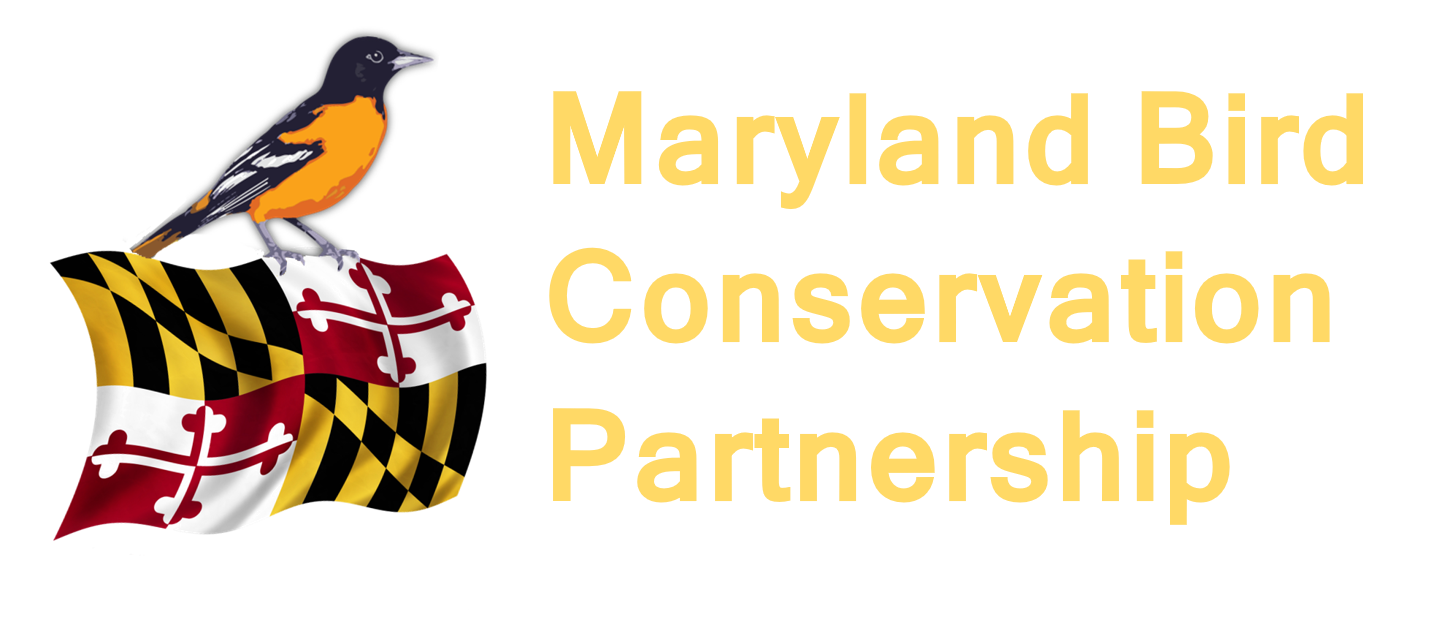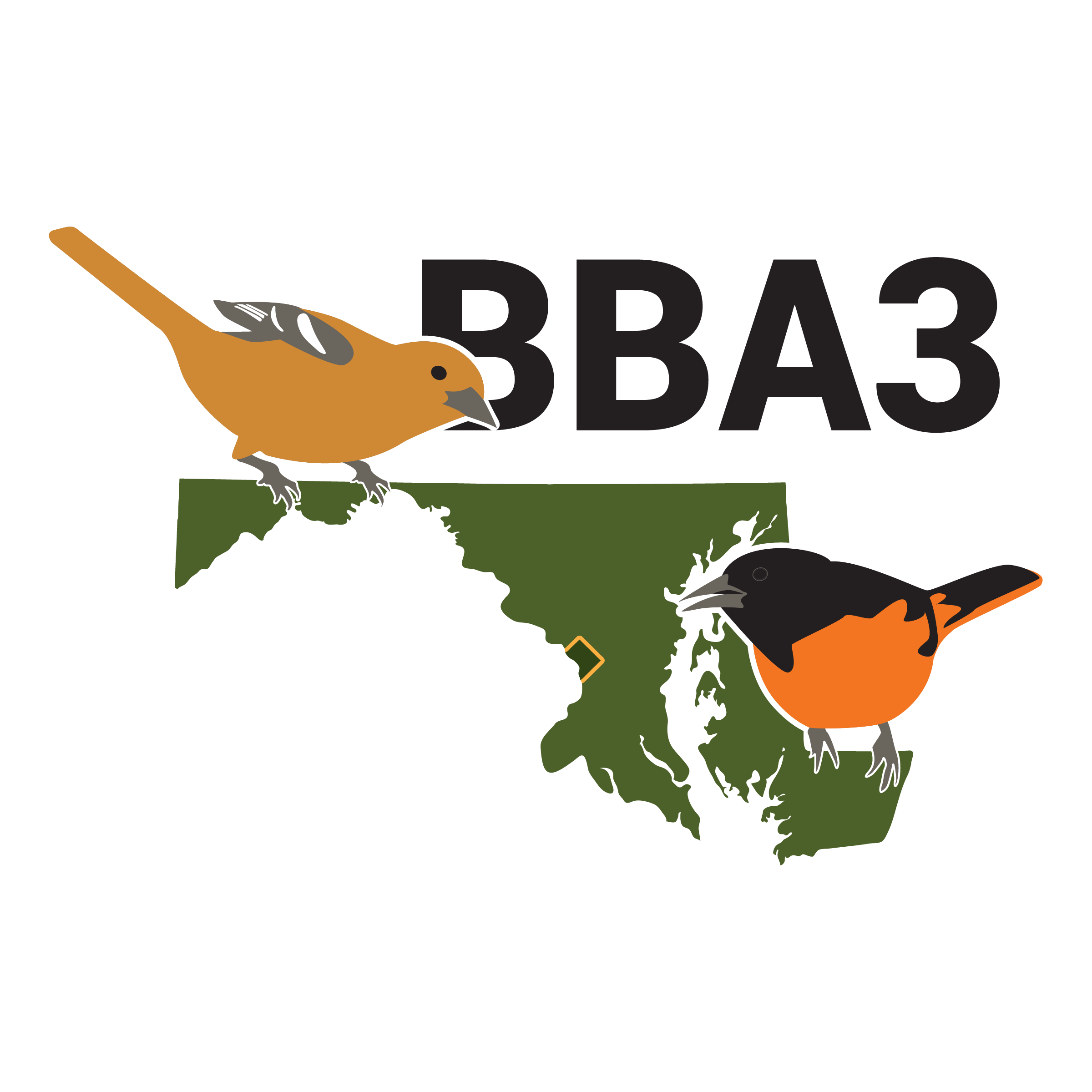Maryland & DC Breeding Bird Atlas 3
The Maryland & DC Breeding Bird Atlas 3 (BBA3) is a comprehensive five-year survey conducted from 2020-2024 of the birds breeding in Maryland and the District of Columbia. The Maryland Bird Conservation Partnership is the steward of the BBA3 data and is responsible for overseeing the analysis and making the findings available in digital and/or book formats.
As with the first two Maryland and DC atlas projects (1983–1987 and 2002–2006), the third atlas is refining our knowledge of the current distribution and the timing of breeding for all birds breeding in this region. Birds are good indicators of an ecosystem’s health because they are abundant, easy to observe, and they respond to environmental changes relatively quickly. As with other parts of their life cycle, birds are reliant on habitat for nesting. If suitable habitat is removed from an area, that bird can no longer nest there. This means that the distribution of breeding birds in a region is an indicator of the available habitat in that region. Protecting this habitat is critical to maintaining, not just a healthy bird population, but maintaining the healthy ecosystem that bird population represents.
The Maryland & DC Breeding Bird Atlas 3 will expand on our current knowledge of the region’s breeding birds and contribute to their conservation and management. As with the previous atlas, the Maryland Department of Natural Resources is using the BBA3 data to identify the species and locations most in need of conservation efforts as they update the State Wildlife Action Plan.
The raw data are housed in the Cornell Lab of Ornithology’s internet data system, eBird.
BBA3 Analysis and Publication Schedule
September 2025
Complete preparation of the atlas data set for analysis. (In progress)
Establish a committee to plan the publication.
March 2027
Complete analysis of the atlas dataset in collaboration with New York state (which is simultaneously conducting an analysis of their atlas data).
Planning committee completes publication plan, including writing the introduction, methodology section, draft species accounts, identifying and obtaining permissions for photographs, and designing the layout.
March 2028
Complete interpretation of analysis.
Complete writing and editing of publication.
Back up dataset in a long-term repository and develop a data sharing agreement.


